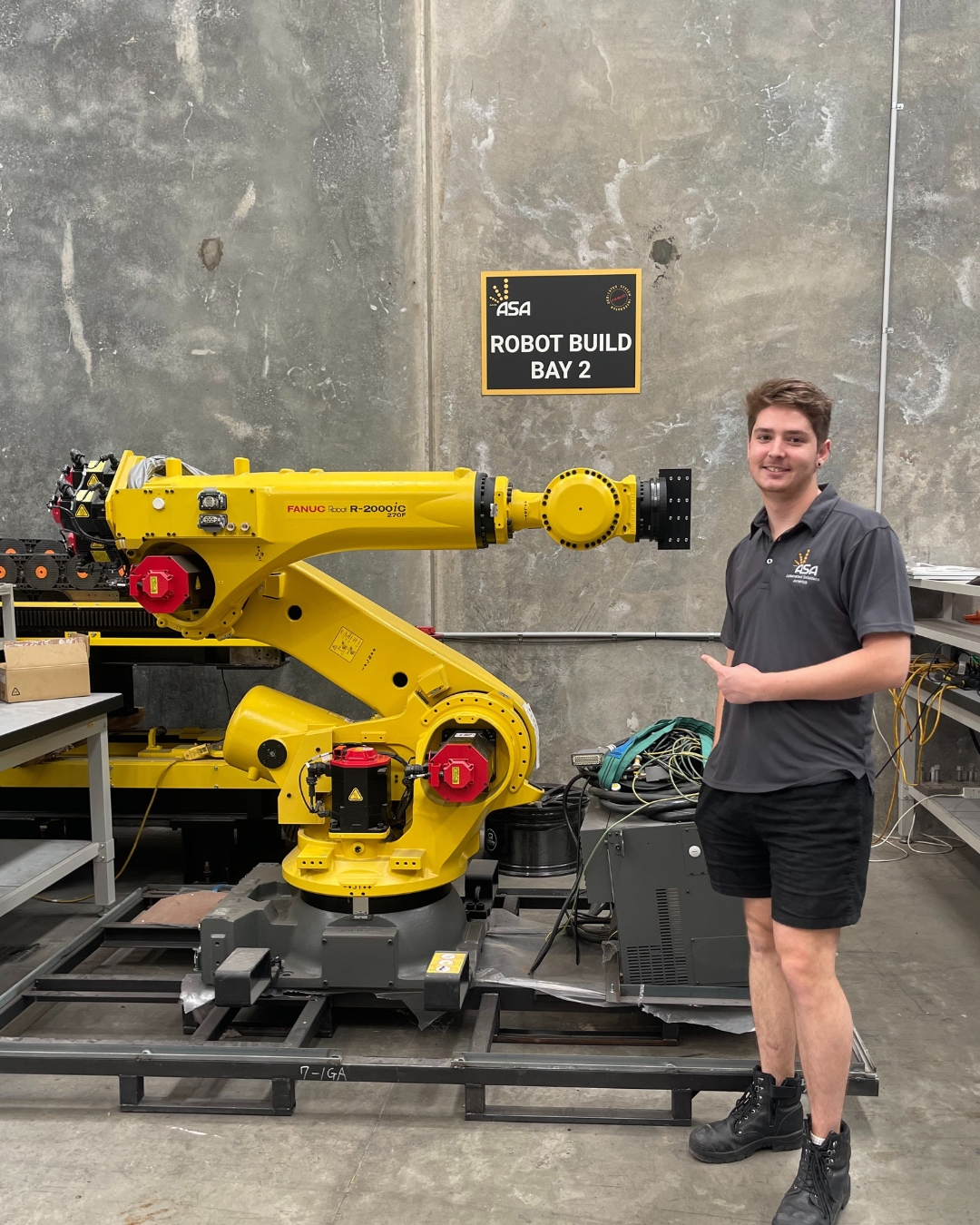At the center of modern manufacturing, robot arms are challenging the norms of production, blending safety, precision and efficiency in ways previously impossible to imagine. Robots are mechanical marvels that are now essential to numerous industries around the globe. They were invented in order to lower operating costs as well as ensure high-quality standards. Integrating robotic arms into manufacturing lines allows manufacturers to reduce their costs but also improve work safety and efficiency. We’ll examine how these cutting-edge machines can transform the way that industrial processes operate.

Image credit: automatedsolutions.com.au
The cost-effectiveness of robotics is driving the adoption robots across the globe. Owners of factories are under constant pressure to minimize workplace injuries, limit manufacturing errors, and decrease waste. Robotic arms were designed to address these issues. Robots help avoid costly mistakes and decrease the amount of raw materials, by performing repetitive tasks much more precisely than human beings. In industries with high volumes, such as automotive manufacturing, robotic arms ensure the highest quality assembly by performing exact welding and parts positioning. This precision can translate into significant savings because less damaged parts means less rework and waste.
Security is a key element in the development of robotic arms. There are many manufacturing processes that require handling hazardous materials, or operating machines that are heavy pose a risk for human workers. Robot arms allow companies to get their workers out of dangerous work environments and prevent accidents at work. Robotic arms are made up of a series of movable joints that mimic human arm’s capabilities. But, they work with no risk of injuries. Equipped with programmable end effects essentially robotic hands these machines can handle tasks such as grasping, spinning or welding in situations that would be unsafe for human beings.
The versatility of robotic arms makes them a game-changer across diverse industries. Robot arms can handle a variety of tasks. From assembly of automobiles, to electronic production. The fact that they can be programmed allows them to perform intricate operations such as tending to a machine paint, or fiberglass application with unparalleled consistency. Robotic arms have revolutionized the palletizing process in warehouses, automating it with speed and accuracy. Automation does not just increase efficiency, but also reliability as robot arms can work without tiring.
The rise of cobots (collaborative robots) that collaborate alongside human employees is one of the most thrilling innovations in the field. Cobots, which are equipped with robotic arm, can be able to interact with humans in a seamless manner in contrast to industrial robots which are generally restricted to cells. Cobots equipped with robotic arms can be used to complete difficult or repetitive lifting tasks in a factory which allows human workers to concentrate on more complex duties. The robots can cease or alter their motion in the event that they spot a worker in the vicinity.
The effect of robotic arms extends far beyond safety and efficacy to the very fabric of manufacturing today. The capability of robot arms to complete tasks with great precision including welding, material handling or assembly have made them vital in industries that place safety first. Robot arms, for example, can be utilized to rotate and place components in assembly within the automotive industry, making sure that they are perfectly aligned with no human involvement. In electronics, robots are used to handle delicate components, which decreases the risk of damage and enhances the quality of output.
As the world of manufacturing continues to change and become more complex, the importance of robotic arms will only increase. The ability of robot arms to reduce costs, improve safety, and be flexible to various tasks makes them an integral part of manufacturing’s future. Robot arms, that combine modern technology with human imagination, are not only tools they are also partners in the process. They are the engine behind technological innovation and alter the way the world is built.